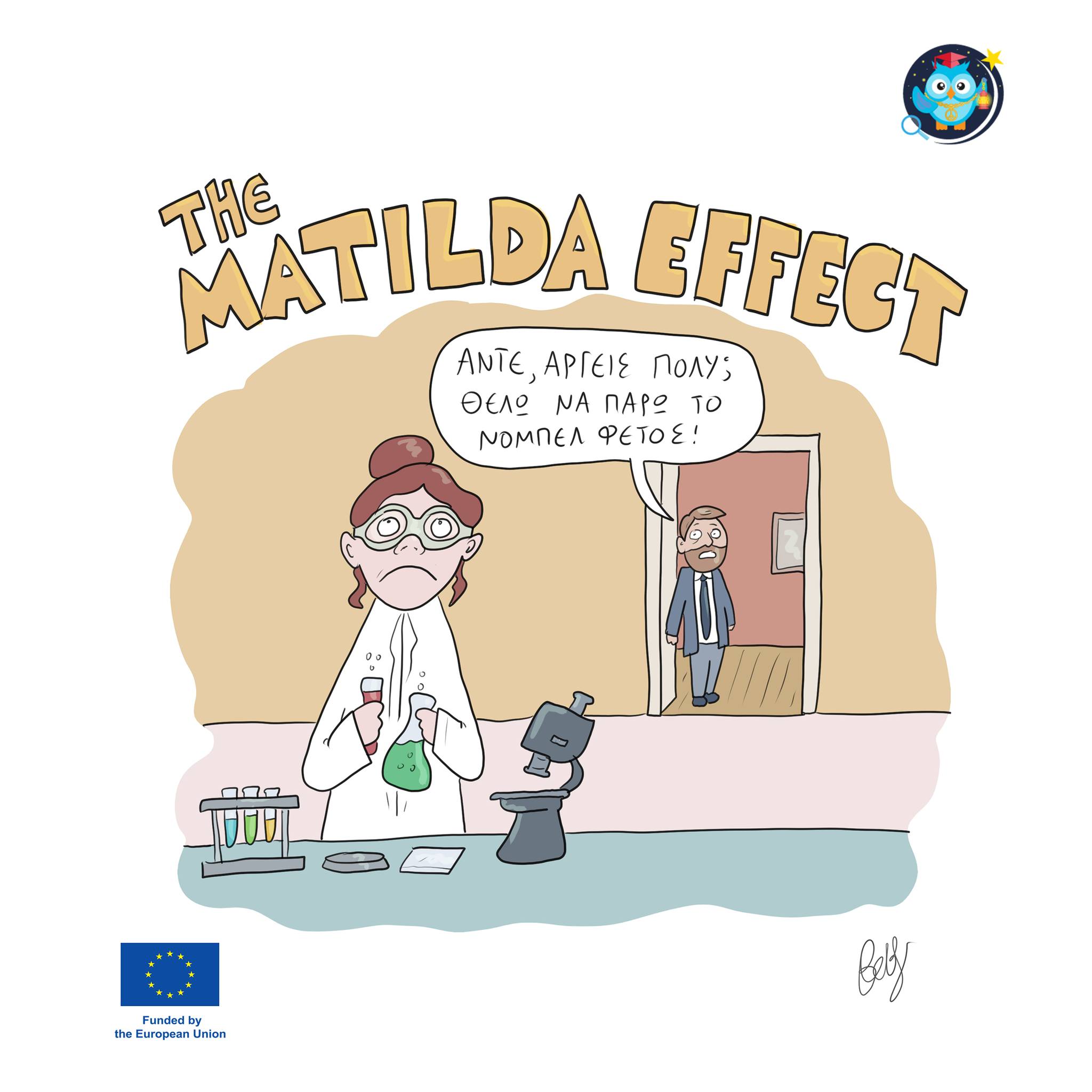Matilda Effect: The Invisible Contribution of Women in Science
The world of science and research is full of groundbreaking discoveries and tremendous contributions. However, many of these contributions were never recognized, particularly when they were made by women. This injustice has a name: the Matilda Effect.
What is the Matilda Effect?
The Matilda effect refers to the systematic underestimation or concealment of the contributions of women in the field of science and technology. In many cases, their discoveries or inventions were attributed to male colleagues or completely ignored by the scientific community.
Origin of Matilda
The term "Matilda Effect" was coined in 1993 by feminist science historian Margaret W. Rossiter, who inspired the name from Matilda Joslyn Gage, a 19th-century feminist who championed women's rights and pointed to their erasure from the history of scientific achievement.
Rossiter described the phenomenon as the equivalent of the "Matthew Effect," where scientists who are already famous receive more recognition than their lesser-known colleagues, even for equivalent or lesser contributions.
Historical Examples of the Matilda Effect
Rosalind Franklin: The researcher who played a key role in discovering the structure of DNA. Nevertheless, the discovery was mainly credited to James Watson and Francis Crick, who received the Nobel Prize in 1962.
Jocelyn Bell Burnell: Discovered the first pulsar as a PhD student, but the 1974 Nobel Prize in Physics was awarded to her supervisor and another colleague.
Lise Meitner: Despite her significant contribution to the discovery of nuclear fission, the 1944 Nobel Prize in Chemistry was awarded only to her collaborator, Otto Hahn.
Nettie Stevens: Discovered the chromosomal basis of sex, but the discovery is often attributed to Thomas Hunt Morgan, who received the Nobel Prize.
Why Does The Matilda Effect Happen?
There are many reasons why women have been neglected in science:
Gender and prejudice: Women were considered "unfit" for scientific discoveries and their work was often ignored.
Social roles: Pressure to assume traditional roles at home prevented them from developing a strong scientific presence.
Structural inequalities: Access to funding, universities and research positions was (and in some cases still is) limited for women.
Although progress has been made, the Matilda effect still exists. Women often struggle to get the recognition they deserve, and are still a minority in many scientific fields.
Awareness of the Matilda effect has led to the development of initiatives to strengthen the participation of women in science, such as awards for women scientists, educational actions and awareness campaigns.
The matilda effect is a reminder that history is not always written fairly. We must highlight the contributions of women and create a world where all voices can be heard and valued equally.
Do you know of examples of women who have remained in obscurity? Share them and help restore historical truth!
